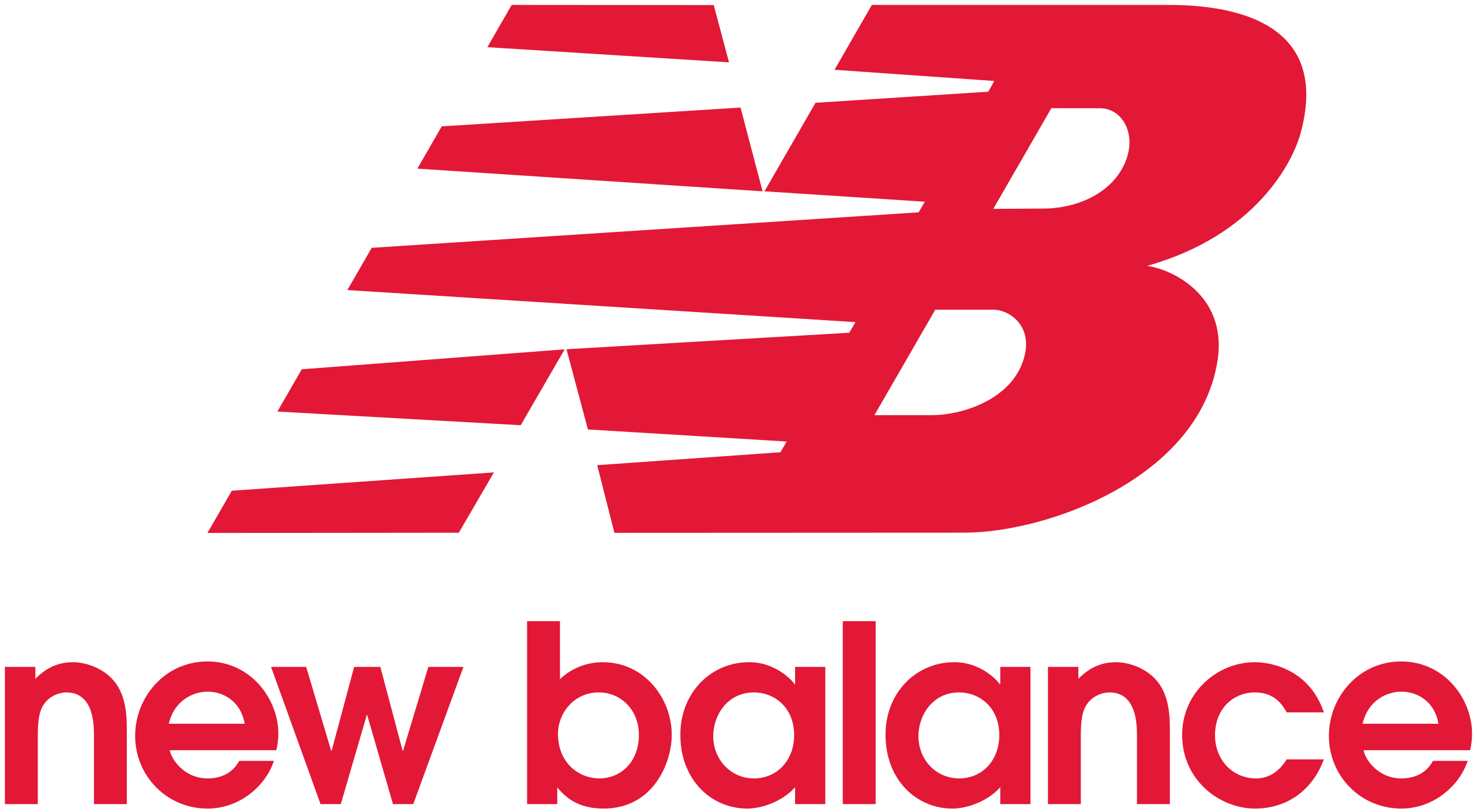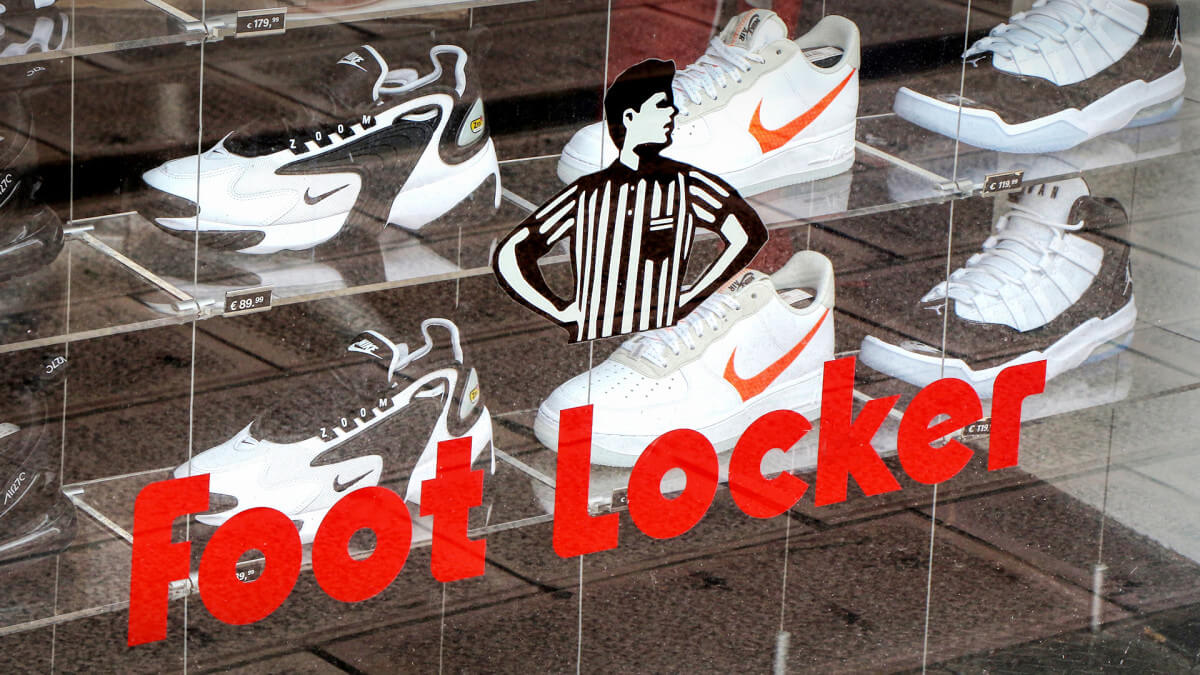Adidas Mission and Vision Statement Analysis

The Adidas mission statement is “To be the best sports brand in the world. Every day, we come to work to create and sell the best sports products in the world, and to offer the best service and consumer experience — and to do it all in a sustainable way.” And the Adidas vision statement is, “Through sport, we have the power to change lives.”
Adidas is a global sportswear and lifestyle brand known for its iconic three-stripe logo. Founded in 1949 by Adolf Dassler, the company has grown to become one of the largest and most recognizable athletic apparel and footwear manufacturers in the world. Adidas offers a wide range of products for various sports and activities, and its commitment to innovation and design has made it a favorite among athletes and fashion enthusiasts alike. With a rich heritage and a strong presence in both the sports and fashion industries, Adidas continues to shape the future of sportswear with its cutting-edge technologies and stylish designs.
| COMPANY | Adidas |
| FORMERLY | Dassler Brothers Shoe Factory (Gebrüder Dassler Schuhfabrik) (1924–1949) |
| INDUSTRY | Apparel, accessories |
| FOUNDED | July
1924; 95 years ago (as Gebrüder Dassler Schuhfabrik) 18 August 1949; 70 years ago (as Adidas) |
| FOUNDER | Adolf Dassler |
| HEADQUARTERS | Herzogenaurach, Germany |
| TYPE | Aktiengesellschaft |
| KEY PEOPLE | Igor
Landau, Chairman Kasper Rørsted, CEO |
| PRODUCTS | Footwear, sportswear, sports equipment, toiletries |
| REVENUE | €21.915 billion (2018) |
| NUMBER OF EMPLOYEES | 57,016 (2018) |
| TRADING SYMBOL | FWB: ADS |
Adidas Mission Statement
Adidas’ mission statement is: “To be the best sports brand in the world. Every day, we come to work to create and sell the best sports products in the world, and to offer the best service and consumer experience – and to do it all in a sustainable way.”
Adidas’ mission statement reflects the company’s ambition to establish itself as the leading sports brand globally. The statement highlights several key elements:
- Being the best sports brand: Adidas aims to surpass its competitors and be recognized as the top choice for sports-related products. This emphasis on excellence implies a commitment to continuous improvement, innovation, and setting industry standards.
- Creating and selling the best sports products: Adidas places a strong emphasis on product quality and performance. Their goal is to develop and offer superior sports apparel, footwear, and equipment that meet the needs and preferences of athletes and consumers.
- Offering the best service and consumer experience: The company recognizes the importance of customer satisfaction and aims to provide exceptional service and experiences. This implies a focus on personalized interactions, efficient processes, and delivering value beyond the product itself.
- Doing it all in a sustainable way: Adidas emphasizes sustainability, acknowledging the need to minimize its environmental impact and contribute to a more sustainable future. This commitment includes various initiatives, such as using recycled materials, reducing carbon emissions, and promoting fair labor practices.
To put it short, Adidas’ mission statement conveys a comprehensive approach to achieving excellence in the sports industry. It combines a focus on superior products, exceptional service, and sustainability, indicating a commitment to long-term success, customer satisfaction, and responsible business practices.
Adidas Vision Statement
Adidas’ vision statement sounds as follows: “At Adidas, we are rebellious optimists driven by action, with a desire to shape a better future together. We see the world of sport and culture with possibility where others only see the impossible. ‘Impossible is Nothing’ is not a tagline for us. By being optimistic and knowing the power of sport, we see endless possibilities to apply this power and push all people forward with action.”
Adidas’ vision statement reflects the company’s aspirational outlook and its determination to make a positive impact on the world. Let’s break it down:
- Rebellious optimists driven by action: This phrase portrays Adidas as a company that embraces a forward-thinking and innovative mindset. They challenge conventional thinking and are determined to make a difference. The emphasis on action implies that Adidas is proactive and results-oriented in its approach.
- Desire to shape a better future together: Adidas emphasizes collaboration and inclusiveness in its vision. They recognize the importance of collective efforts in driving positive change and aspire to be a catalyst for shaping a brighter future for everyone.
- Seeing the world of sport and culture with possibility: The company views sport and culture as realms of opportunity and transformation. They go beyond conventional limits and see potential where others might see constraints or impossibilities. This mindset demonstrates a willingness to take risks and push boundaries.
- ‘Impossible is Nothing’ is not a tagline for us: Adidas emphasizes that their motto, ‘Impossible is Nothing,’ is not just a tagline but a belief system. They embrace challenges and are determined to overcome obstacles, using the power of sport as a driving force.
- Pushing all people forward with action: Adidas recognizes the transformative power of sport and seeks to leverage it to propel individuals and communities toward progress. They aim to inspire and empower people to reach their full potential through active engagement and meaningful action.
Overall, Adidas’ vision statement conveys a sense of optimism, innovation, and purpose. It signifies a commitment to challenging the status quo, driving positive change, and harnessing the power of sport and culture to create a better future for all.
Adidas Core Values
Adidas’ core values are centered around Optimism; Possibilities; Inspiration, Innovation & Growth; Fairness; Authenticity; Trust; and Inclusivity.”
Let’s analyze each of Adidas’ core values:
- Together we are a team of rebellious optimists, constantly challenging the status quo
This value highlights the importance of collaboration and a shared mindset within Adidas. It emphasizes the company’s culture of innovation, where employees are encouraged to think differently, challenge norms, and push boundaries.
- We see possibilities where others only see the impossible
This core value signifies Adidas’ optimistic and visionary approach. It reflects their belief in the power of creativity and problem-solving, enabling them to identify opportunities and solutions that may be overlooked by others.
- We serve the needs of our consumers, athletes, and communities
This value emphasizes Adidas’ customer-centric approach. It acknowledges the importance of understanding and meeting the needs of consumers and athletes. Additionally, it highlights the company’s commitment to giving back to the communities it operates in.
- We train individually, and as a team, to inspire, innovate, and grow
This core value underscores Adidas’ focus on personal and collective growth. It signifies the company’s dedication to continuous learning, development, and improvement at both individual and team levels. It also implies a commitment to inspiring others through innovative approaches.
- We are fair
This value reflects Adidas’ commitment to fairness and ethical practices. It signifies the company’s dedication to treating all stakeholders, including employees, partners, and customers, with fairness, respect, and integrity.
- We are authentic
This core value highlights Adidas’ commitment to being genuine and true to its brand identity. It emphasizes the importance of maintaining authenticity in all aspects of the company’s operations, from product design and marketing to corporate culture.
- Our game is built on trust
Trust is a fundamental aspect of Adidas’ operations. This value emphasizes the importance of building and maintaining trust with consumers, partners, and stakeholders. It signifies the company’s commitment to transparency, reliability, and accountability.
- We live inclusivity every single day
Inclusivity is a central value for Adidas. It reflects the company’s commitment to fostering a diverse and inclusive environment where all individuals are respected, valued, and given equal opportunities.
- We play to win in our mission to be the best sports brand in the world
This value emphasizes Adidas’ competitive nature and its drive to be the leading sports brand globally. It signifies the company’s commitment to excellence, striving for continuous improvement, and setting ambitious goals.
Overall, Adidas’ core values reflect its culture of innovation, customer focus, ethical conduct, inclusivity, and a relentless pursuit of excellence. These values guide the company’s actions and decisions, shaping its identity and driving its mission to be the best sports brand in the world.
Adidas Mission Statement History
Here is a grouping outline of Adidas’ mission statement history, organized from newest to oldest:
- Present Mission Statement
“To be the best sports brand in the world. Every day, we come to work to create and sell the best sports products in the world and to offer the best service and consumer experience – and to do it all in a sustainable way.”
- 2013-2018
“The Adidas Group strives to be the global leader in the sporting goods industry with brands built on a passion for sports and a sporting lifestyle.”
- 2005-2013
“Through sports, we have the power to change lives.”
- 2000-2005
“We are committed to continuously strengthening our brands and products to improve our competitive position.”
- 1998-2000
“We want to be the leading sports brand in the world. We believe that through sport, we have the power to change lives.”
- 1996-1998
“To inspire and enable athletes to achieve their personal best through innovation and passion for sports.”
- 1990-1996
“To be the leading sports company in the world.”
- 1988-1990
“To enhance social and environmental performance in the company and the supply chain, thereby improving the lives of the people making the Adidas products.”
- 1982-1988
“The Adidas Group strives to be the global leader in the sporting goods industry with brands built on a passion for sports and a sporting lifestyle.”
- 1978-1982
“Through sports, we have the power to change lives.”
- 1973-1978
“We are committed to continuously strengthening our brands and products to improve our competitive position.”
- 1968-1973
“We want to be the leading sports brand in the world. We believe that through sport, we have the power to change lives.”
- 1964-1968
“To inspire and enable athletes to achieve their personal best through innovation and passion for sports.”
Conclusion
Adidas, as a global sportswear and lifestyle brand, has a rich history and a clear vision for the future. Its mission statement reflects a commitment to being the best sports brand in the world, creating exceptional products, providing excellent service, and operating in a sustainable manner. The company’s core values, including being rebellious optimists, serving the needs of consumers and communities, and fostering inclusivity, guide its actions and define its culture. With a relentless pursuit of excellence, a focus on innovation, and a dedication to making a positive impact, Adidas continues to shape the sports industry and inspire athletes and consumers worldwide.
Slogan
Adidas slogan is: Impossible is Nothing
Headquarters
Adidas main headquarters is in Herzogenaurach, Germany
References
- Adidas – Home.
- Bozzolan, S., & Perpetua, D. Financial statement analysis and performance evaluation of Amer Sports Corporation.
- Collins, J. C., & Porras, J. I. (1991). Organizational vision and visionary organizations. California management review, 34(1), 30-52.
- Collins, J. C., & Porras, J. I. (1996). Building your company’s vision. Harvard business review, 74(5), 65.
- Collins, J. C., & Porras, J. I. (2008). CMR classics: organizational vision and visionary organizations. California management review, 50(2), 117-137.
- Cunningham, S., Cornwell, T. B., & Coote, L. V. (2009). Expressing identity and shaping image: The relationship between corporate mission and corporate sponsorship. Journal of Sport Management, 23(1), 65-86.
- Henman, L. D. The Foundations of Strategy: Mission, Vision, and Values. Henman Performance Group. http://www. henmanperformancegroup. com/articles/Foundations-of-Strategy. pdf (accessed April 12, 2011).
- Lammers, J. L., Purkis, B., & Ryll, K. (2015). Adidas and the World Cup Sponsorship: Will Adidas Give FIFA the Red Card?. LBMG Corporate Brand Management and Reputation-Masters Case Series.
- Lorne, F. T., & Dilling, P. (2012). Creating values for sustainability: stakeholders engagement, incentive alignment, and value currency. Economics Research International, 2012.
- Moser, K., Muller, M., & Piller, F. T. (2006). Transforming mass customisation from a marketing instrument to a sustainable business model at Adidas. International Journal of Mass Customisation, 1(4), 463-479.
- Motion, J., Leitch, S., & Brodie, R. J. (2003). Equity in corporate co-branding: the case of Adidas and the All Blacks. European Journal of Marketing, 37(7/8), 1080-1094.
- Schmid, S., Dauth, T., Kotulla, T., & Leding, P. (2018). Adidas and Reebok: Is Acquiring Easier than Integrating?. In Internationalization of Business (pp. 27-61). Springer, Cham.
- Schofield, B. (1994). Building-and rebuilding-a global company. The McKinsey Quarterly, (2), 37-46.
- Wohlfeil, M., & Whelan, S. (2006). Consumer motivations to participate in event-marketing strategies. Journal of Marketing Management, 22(5-6), 643-669.











Where is the quote “performance, passion, integrity, and diversity.” coming from. I find this very interesting an true but would love to see which source this derives from.
I woke up in an Adidas tracksuit, like omg.
go nike i love nike